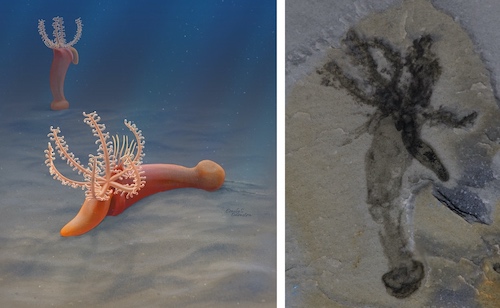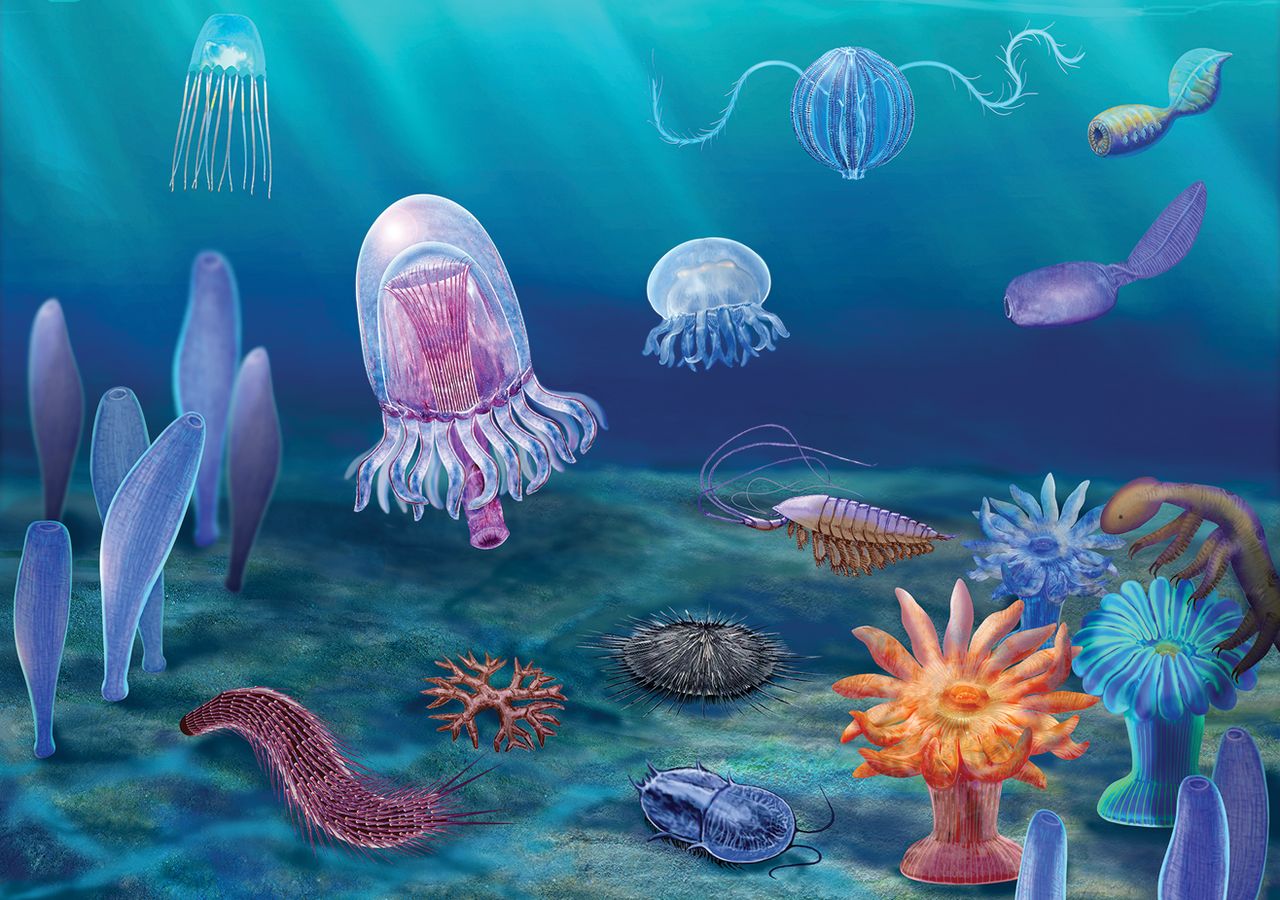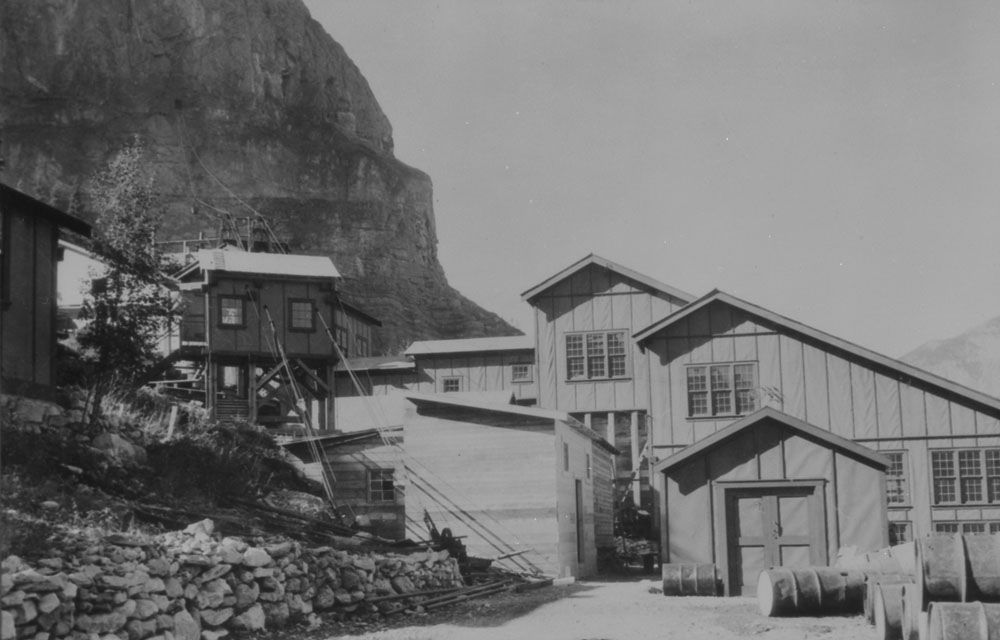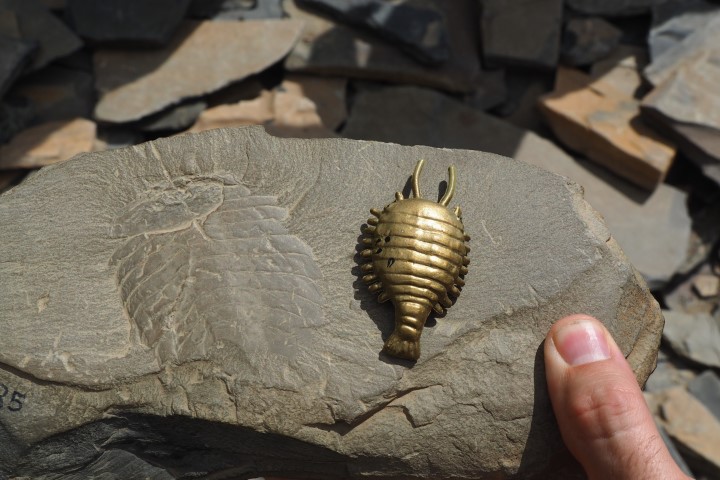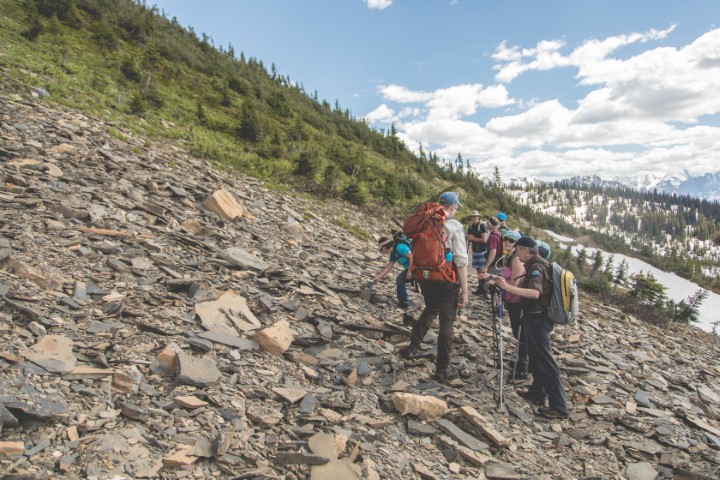Trilobite sex
Trilobite species Olenoides serratus, has been well studied since 1909 and is one of the most fully understood trilobites in the fossil record, due to the exceptional preservation of soft tissues (labile tissue) at the Burgess Shale. Now after over 100 years of studying the species, and half a billion years since its extinction, scientists […]


